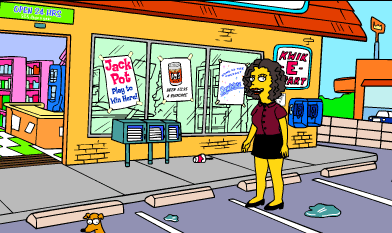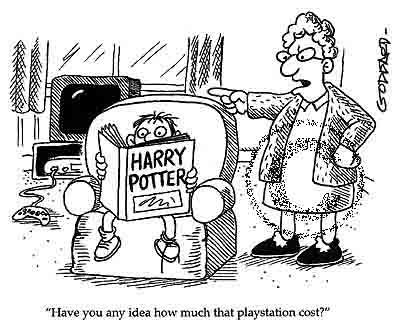Here's the timetable if you're going to make all three items (it's worth it):
- Preheat oven to 450F.
- Trim green beans.
- Make rice.
- Make chicken & apple sauté.
- Roast green beans.
2 cloves garlic, finely chopped
1 TBSP finely chopped fresh ginger
1 tsp ground coriander
1 tsp ground cumin
1 tsp whole yellow mustard seeds
1 lb boneless, skinless chicken breasts, cut into 1/4-inch thick slices
2.5 TBSP all-purpose flour
1 1/2 tsp olive oil
1 tart apple, cored and cut into thin wedges
3/4 cup chicken stock
1 TBSP chopped parsley or cilantro
salt to taste
In a small bowl, stir together garlic, ginger, coriander, cumin, and mustard seeds; set aside.
In a medium bowl, mix flour with salt and black pepper (to taste) and then toss chicken until evenly coated. In a large nonstick skillet or wok over high heat, heat 1 tsp of the oil. Add the chicken and sauté until well-browned on all sides, about 4 minutes. With a slotted spoon, transfer the chicken to a plate and set aside.
Add the remaining oil and apples to the pan. Reduce heat to medium and cook, stirring, until apples are lightly browned, about 3 minutes. Reduce heat to medium-low and add the reserved spice mixture. Stir un the apples are tender and the garlic is fragrant, 2-3 minutes. Add the chicken stock and the reserved chicken; increase heat to high. Bring the mixture to a simmer and cook until the sauce is slightly thickened and the chicken is no longer pink, about 2 minutes. Season with salt. Transfer to a serving dish and sprinkle with cilantro or parsley.
Serves 4.
183 calories per serving: 27 g protein, 4 g fat, 9 g carbohydrates; 76 mg sodium. 67 mg cholesterol.





